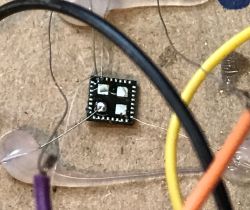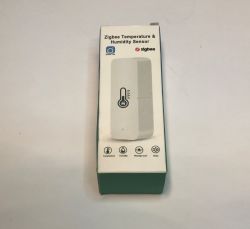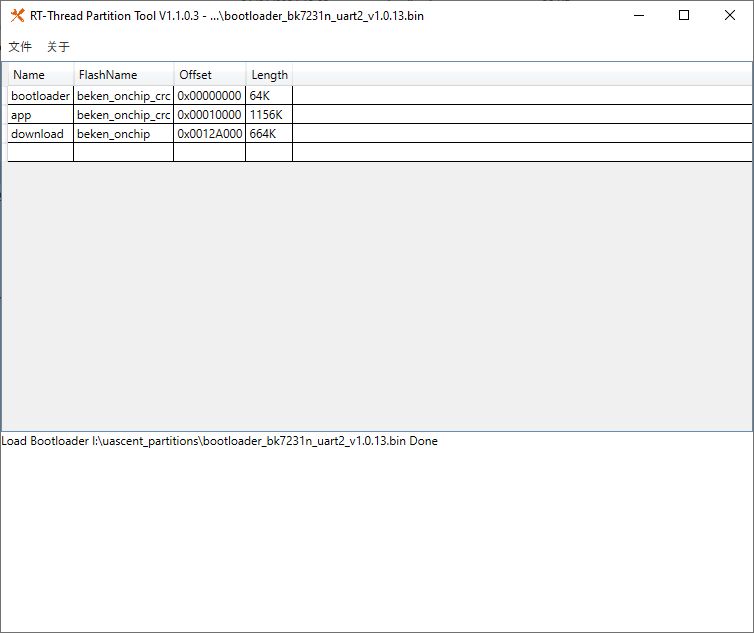tmf wrote:I suggest yes - show a complete schematic of such protection, how you think it should look like. Then you can compare prices, complexity and reliability.
Here you go. Alarm system on Integra I assume and we have 500mA of power reserve on the control panel power supply, add FD-1 detectors kitchen (between sink and dishwasher), bathrooms, laundry room, boiler room, basement, water meter area.
solenoid valve e.g. such as: https://sklep.washservice.pl/elektrozawor-kulowy-1cal-z-silownikiem-a80-lub-a82.html 12V 7 wire version.
Set the control unit to close the valve for a few seconds once a week. Check if the end positioner gave a signal that the valve is closed and open it, if the end positioner did not give a signal we send an SMS to the owner about the valve failure, on the keypad we can display information about the failure.
When flooding is detected by one of the detectors, the control panel is to close the valve until the user clears the alarm with a separate code (so that he does not do it intentionally, e.g. when disarming the alarm). When flooding is detected, the user is informed by a text message and an appropriate information on the keypad, and if the valve trimmer does not give a signal that the valve is closed, the control panel calls the numbers entered and sends text messages about this fact, activates sounders for a few seconds.
It is possible to close the valve with alarm but this must be checked as more and more devices require access to water even when no one is home.
If the battery voltage drops below 11V and the control unit has no 230V power supply, close the valve, check the cut-off and send the user an SMS about closing the valve, if the cut-off does not give a signal, we also send this information to the owner. If 230V returns and the sensors do not signal flooding we open the valve.





